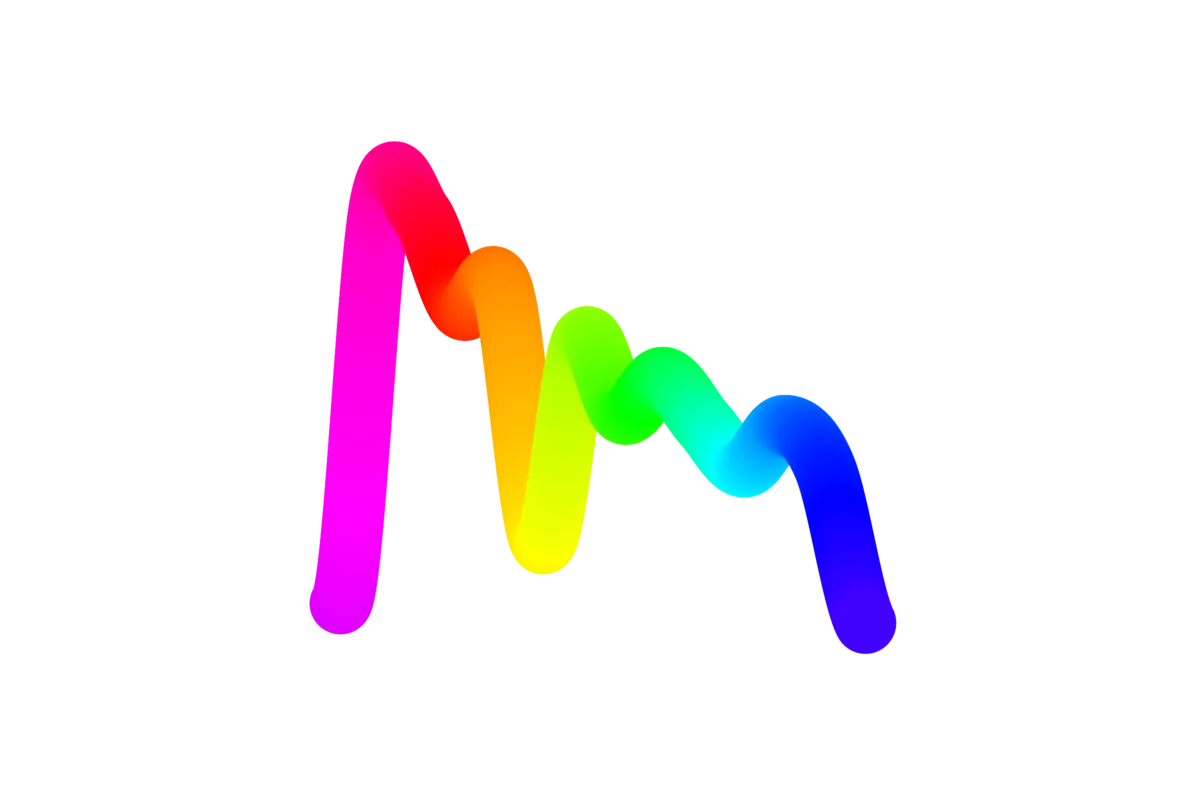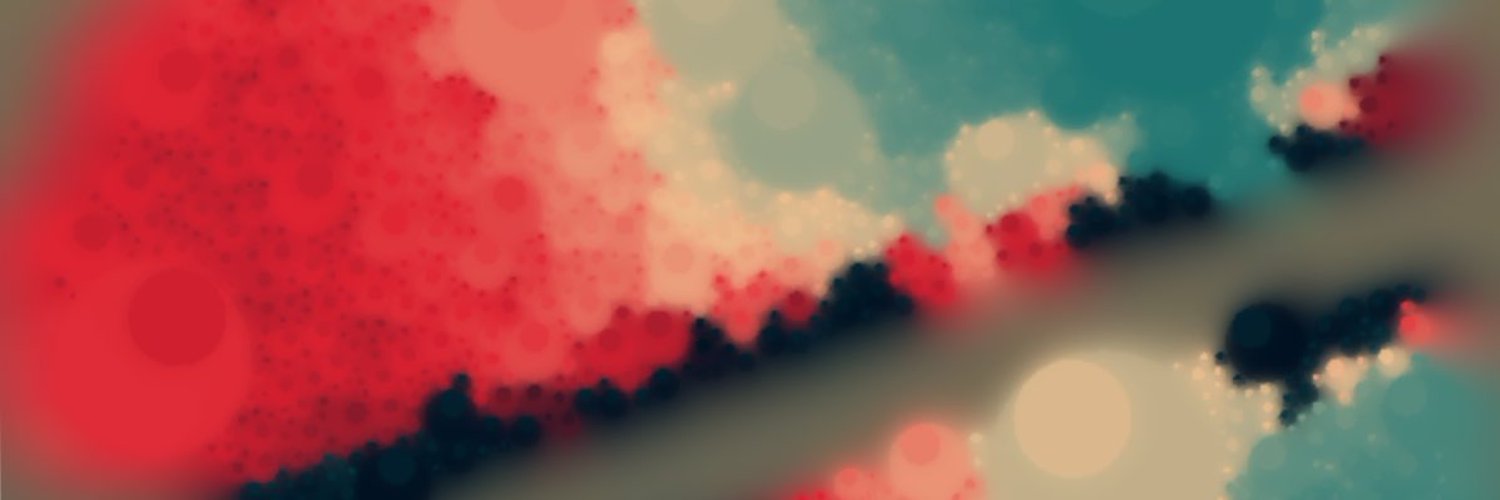
The Chromie Squiggle
Erick Calderon, popularly known as Snowfro, is a talented artist and entrepreneur who has revolutionized the digital art industry with his creation of Art Blocks. He is based in Houston, Texas, and spent the first 18 years of his career operating a ceramic tile company.
He got his artist name from starting a snow cone business at the University of Texas. While running his ceramic tile business, La Nova Tile Importers, he began to explore bitcoin and smart contracts on Ethereum. After discovering the CryptoPunks community through Reddit, he fell down the NFT rabbit hole and became interested in the world of NFTs.
However, Calderon"s passion for art eventually led him to explore the exciting field of generative art, where he uses algorithms to create unique digital art pieces. As he honed his skills in this area, Calderon recognized the need for a platform where other artists could showcase and sell their generative art.
This led him to create Art Blocks in 2020, which has since become a leading platform in the digital art industry. Calderon"s impact on the digital art world has been so significant that he was named one of the Most Influential People in 2022 by Coindesk"s Consensus Magazine.
He heard about a new NFT project created with Ethereum smart contracts called CryptoPunks. Enamored with these cute 24 x 24 pixel faces, he eagerly began claiming them (including the zombie that he still uses for his profile picture).
This sparked an idea: What if, instead of presenting all 10,000 outputs and letting people choose their CryptoPunk, the contract presented claimers with a random one? This would make the process fair and would add an element of suspense, like opening a pack of trading cards. This idea led Snowfro to create Art Blocks, a platform for a whole new kind of art.
Art Blocks is a platform for projects within a movement called generative art. Rather than style or ideology, generative art is defined by its creation process. It is not created by the artist directly, but by a manual or digital system they design.
This gives each output an element of randomness. Generative art techniques have been used to create music, literature, architecture and visual art. With the advent of modern computing, “creative coding” became the generative artist’s most important tool.
Before Art Blocks, generative art outputs were typically curated. The artist would select their favorites and discard the rest. Smart contract technology allows for a new model. One in which every output is directly minted by a collector. In this paradigm, the artist no longer has any creative control past the design of their system. They must take great care to ensure that all of the outputs will be interesting and unique. They must also decide the right number of total outputs for a given system. This model has been dubbed “long form generative art.”
In 2020, Art Blocks released its first project: Chromie Squiggle. One goal of Chromie Squiggles was to show the full potential of long form generative art. With this in mind, the system was designed to produce an extremely high number of unique outputs. But the Squiggles also embody the ideals of Art Blocks in other ways. Art Blocks seeks to evolve art, how people interact with art, and how communities exist around art. In that spirit, Chromie Squiggles are more than a static image on a screen, they are animated and interactive. They are without a loss of image quality.
How to interact with Squiggles
- On click: Toggle animated colors cycling
- Spacebar: Cycle background color
- Up/Down: Adjust speed of color rotation
- Shift + Up/Down: Adjust color rotation speed more
Chromie Squiggle 101
The most common type of Squiggle.
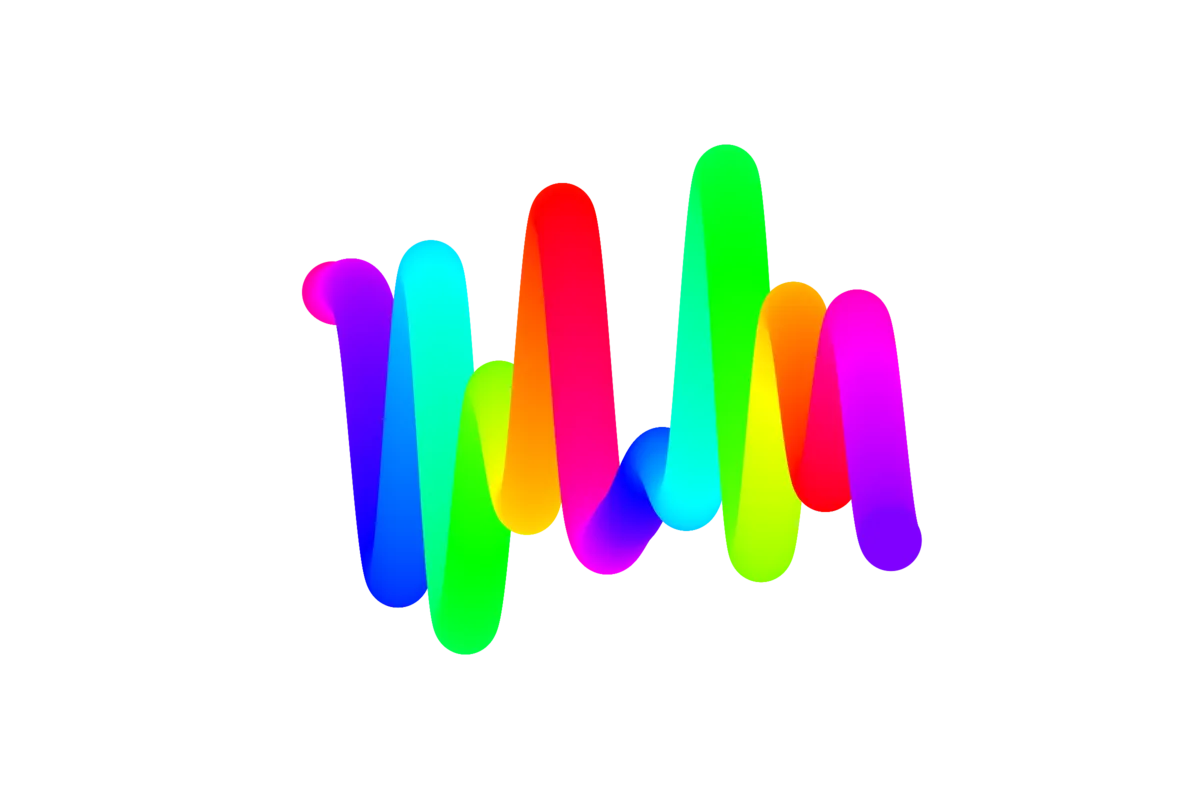
Separated into sections you can see through.
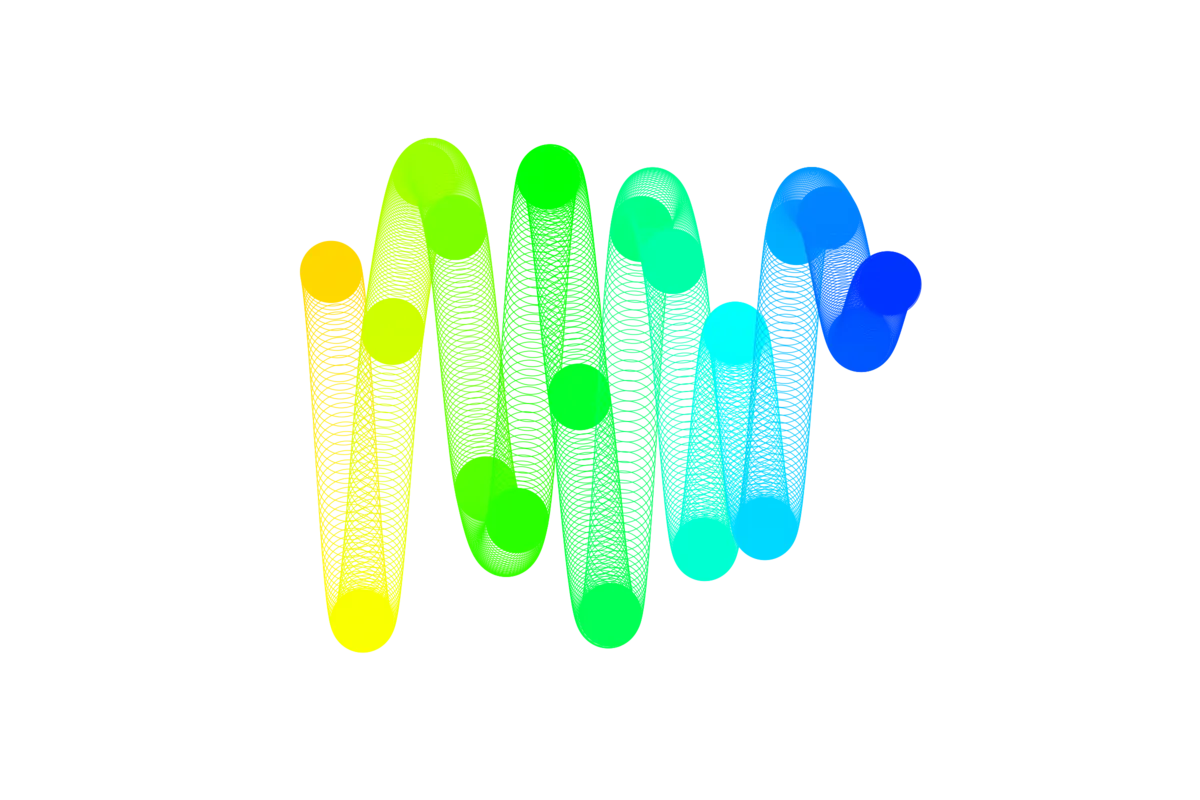
Fluffy and the most popular squiggle type.
Groovy, sometimes ghostly.
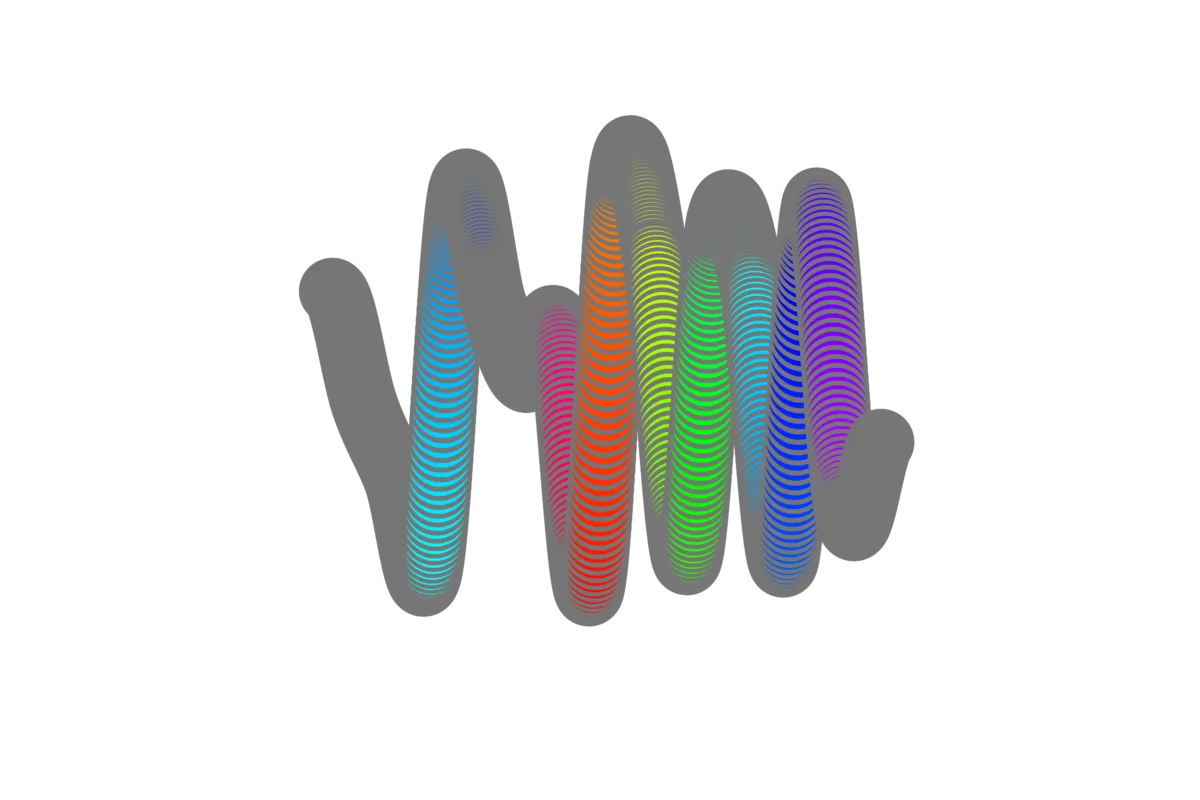
Wider than the other squiggles. Making a statement.

Like slinkies but wider and with colorful nodes.
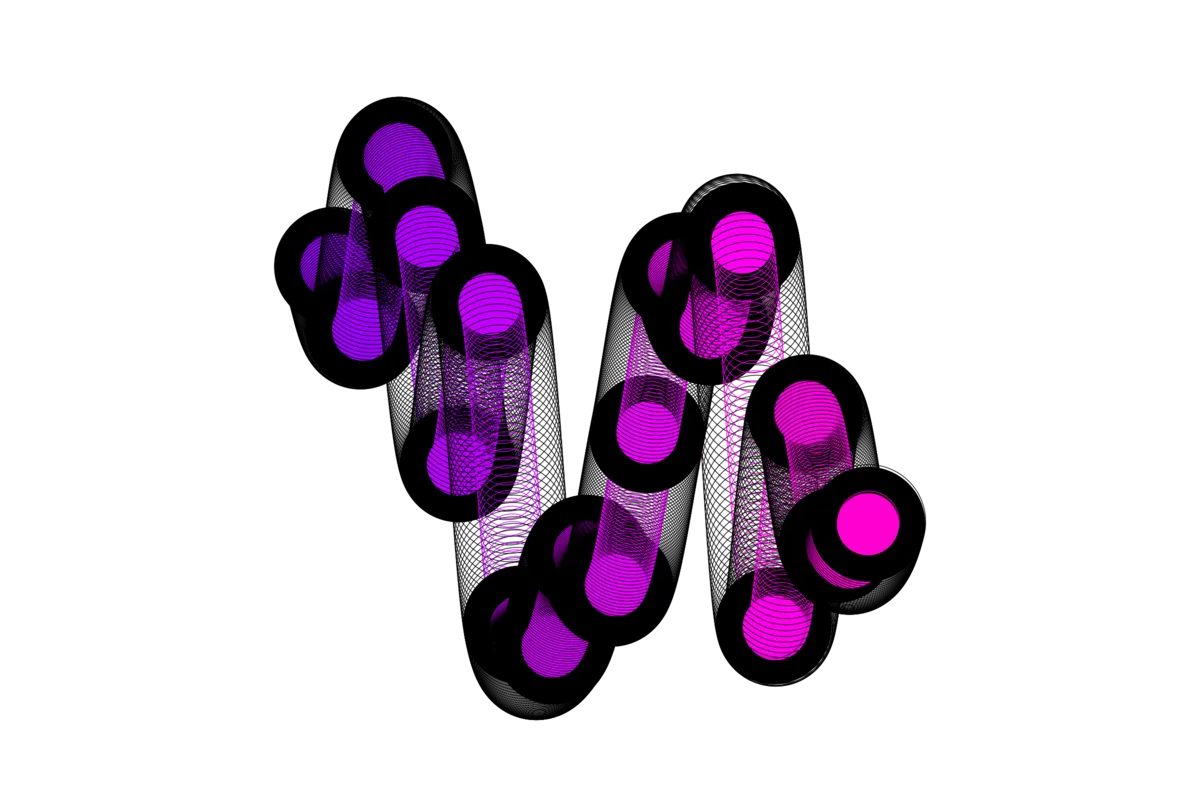
A Guide to Full Spectrum and Perfect Spectrum Squiggles
Total color hue formula
Let’s use #463 as an example:
(14*200)/11 = 254.55 (rounding to 255)
This means 255 hues are displayed AFTER the starting hue, resulting in all 256 hues displayed, making this perfect.
You can use this formula to see how many color hues are displayed on ANY squiggle. As color spread drops, more color hues are displayed and as color spread increases, fewer hues are displayed.
Perfect Spectrum Squiggle
Only a single combination of color spread, segments, and steps between segments will result in a perfect out come.
Full Spectrum Squiggle
The number of hues displayed must come within 1% of perfect. There are only 2 combos of color spread, segments, and steps between segments that will create a full spectrum, making it roughly twice as common as perfect spectrum but still VERY rare in the squiggle universe.
